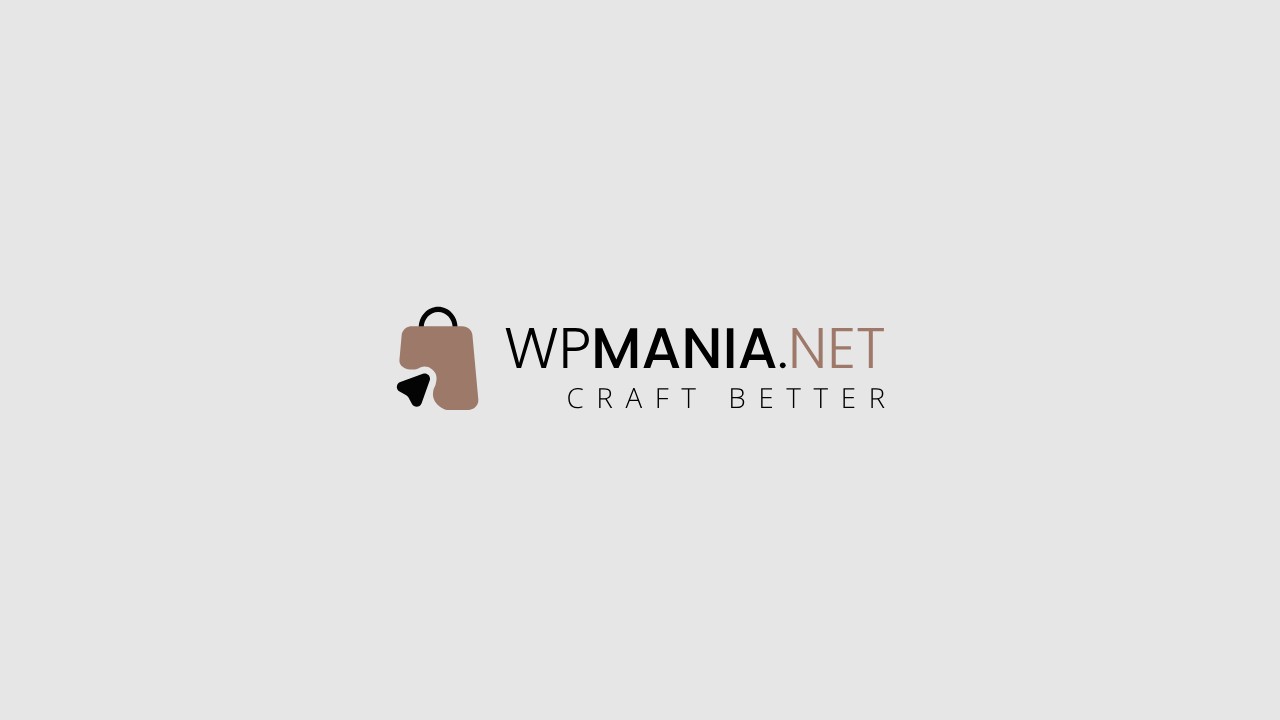In today’s fast-paced digital landscape, a website’s loading speed can be the difference between success and abandonment. Research shows that users are quick to leave sites that take more than a few seconds to load. This is where the art of image optimization shines. In this comprehensive guide, we’ll delve into the crucial strategies and best practices for optimizing images on your WordPress website, leading to significant improvements in loading times. By the end of this guide, you’ll be well-equipped to enhance your site’s user experience.
Understanding the Impact of Images on Loading Speed
Images are both the allure and potential downfall of website performance. While they add visual appeal and context to your content, they can also be major contributors to slow loading times. High-quality images with large file sizes can weigh down your pages and cause sluggish loading. The challenge lies in finding the right balance between image quality and loading speed.
Evaluating Your Current Image Performance
Before embarking on image optimization, it’s essential to assess your website’s current image performance. Various tools are available for this purpose, such as Google’s PageSpeed Insights and GTmetrix. These tools offer insights into your site’s speed and provide practical suggestions for improvement based on real data.
Tips for Efficient Image File Formats
The choice of image format is fundamental to optimization. WordPress supports several formats, including JPEG, PNG, GIF, and the newer WebP format. Each format has its strengths and ideal applications. JPEG, for instance, is great for photographs, while PNG suits images with transparency. GIF is perfect for animations, and WebP combines quality with compression.
Selecting the Right Image Dimensions
Images should ideally match their intended display dimensions to prevent unnecessary resizing by the browser. With responsive design becoming the norm, it’s crucial to ensure that your images look impeccable on various devices and screen sizes. WordPress simplifies this task, offering plugins or manual resizing options to align images with their intended display size.
Image Compression Techniques
Effective image compression is a cornerstone of optimization. There are two primary compression types: lossless and lossy. Lossless compression reduces file size without compromising image quality, while lossy compression achieves higher compression rates with a minimal quality trade-off. WordPress provides various plugins like Smush and EWWW Image Optimizer to automate this process, allowing you to strike the perfect balance.
Lazy Loading for Images
Lazy loading is a game-changing technique that defers the loading of off-screen images until users scroll down to view them. This approach significantly reduces initial page load times by excluding images that users might not immediately see. Popular WordPress plugins like WP Rocket make implementing lazy loading a breeze.
Leveraging Image CDNs Effectively
Content Delivery Networks (CDNs) are powerful tools for image optimization. CDNs distribute your image files across a global network of servers, slashing server load and latency. Cloudflare and StackPath are renowned CDNs that effortlessly integrate with WordPress.
Optimizing Loading Speed with Browser Caching
Browser caching conserves website data locally on users’ devices, minimizing the need for repetitive server requests. Implementing browser caching in WordPress is hassle-free, thanks to plugins like W3 Total Cache. By storing frequently accessed images and other site assets, you can significantly enhance loading times.
Reducing HTTP Requests for Images
Minimizing the number of HTTP requests your website makes is a proven method to improve loading speed. Combining multiple images into a single image sprite using CSS Sprites is a technique that can dramatically reduce requests. Additionally, optimizing your WordPress theme and plugin usage can further minimize requests.
Retina Images and Serving Different Resolutions
In an era of high-resolution displays, providing Retina-ready images is a must. These displays demand higher resolution images to maintain top-notch quality. WordPress simplifies this with the srcset attribute, which serves different resolutions to different devices. Managing Retina images effectively ensures that your site remains fast and responsive.
Regular Image Audits and Maintenance
Image optimization isn’t a one-time task; it’s an ongoing process. As your website evolves, your image needs may change. Regular image audits and maintenance routines are vital to ensure consistent peak performance. Any website changes, such as adding new images or tweaking designs, should be followed by an image audit to maintain optimal loading times.
In conclusion, image optimization is a pivotal element in enhancing your WordPress site’s page loading speed. By adhering to the strategies and best practices laid out in this guide, you’ll have the means to elevate your site’s user experience significantly. Faster-loading pages not only retain visitors but also boost your SEO rankings, making your site more discoverable. Remember, image optimization is an ongoing commitment that demands attention and adaptability. Stay vigilant, and your WordPress site will become faster and more user-friendly than ever before.


